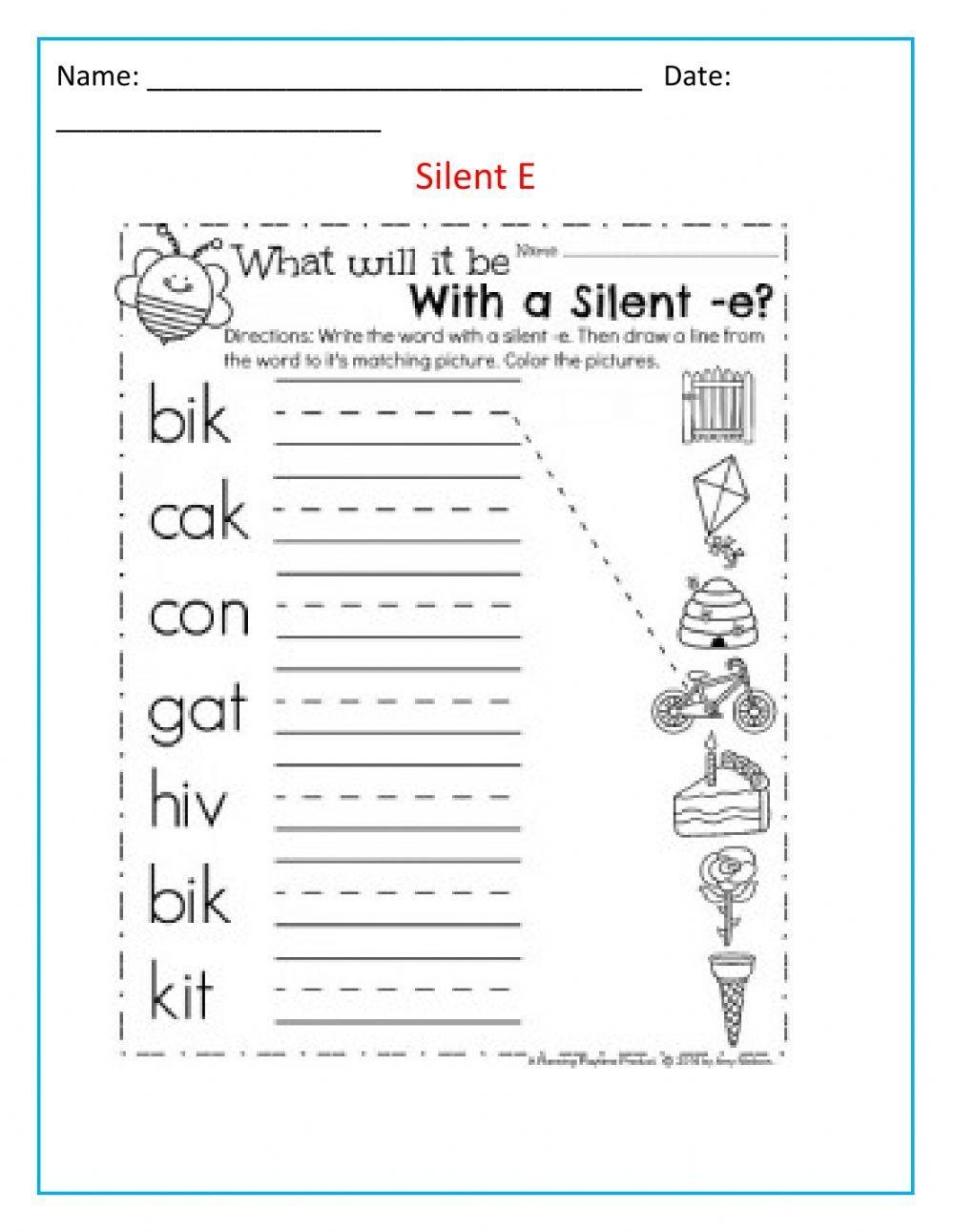In Grade 3, students are introduced to the concept of silent ‘e’ at the end of words. This silent ‘e’ changes the pronunciation of the preceding vowel, making it a long vowel sound. It is important for students to understand this rule as it affects their reading and spelling skills.
Using worksheets is a fun and interactive way to help students practice and reinforce their understanding of silent ‘e’ words. These worksheets typically include activities such as word searches, fill-in-the-blank exercises, and matching games to engage students in learning.
Benefits of Silent E Worksheets
1. Reinforcement of Phonics Skills: Silent ‘e’ worksheets provide students with the opportunity to practice identifying and using silent ‘e’ words, reinforcing their phonics skills.
2. Spelling Practice: By completing worksheets that focus on silent ‘e’ words, students can improve their spelling accuracy and learn to recognize the patterns in words that contain a silent ‘e’.
3. Reading Comprehension: Working with silent ‘e’ worksheets helps students improve their reading comprehension by familiarizing them with the different ways in which silent ‘e’ affects the pronunciation of words.
4. Vocabulary Expansion: Using silent ‘e’ worksheets exposes students to a variety of words that contain a silent ‘e’, helping them expand their vocabulary and language skills.
5. Self-Paced Learning: Worksheets allow students to work at their own pace, giving them the flexibility to practice and master silent ‘e’ words at a comfortable speed.
In conclusion, silent ‘e’ worksheets for Grade 3 are a valuable resource for helping students master this important phonics rule. By engaging in fun and interactive activities, students can enhance their reading, spelling, and vocabulary skills while gaining a deeper understanding of how silent ‘e’ influences the pronunciation of words.
